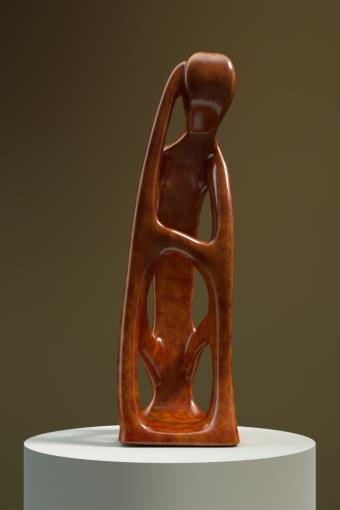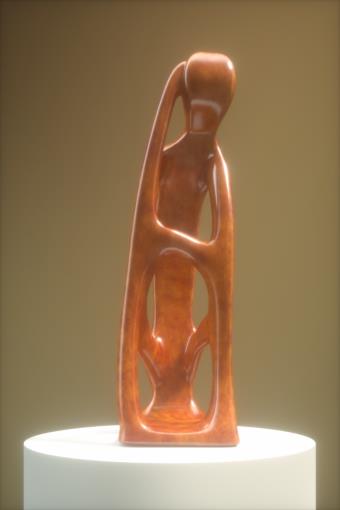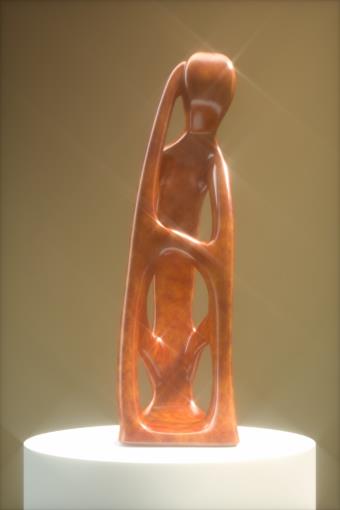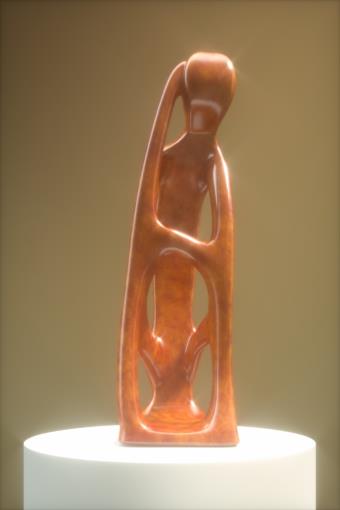
Additional to the (Camera) Imager the Post processing node provides useful post-processing effects on the resulting render such as Bloom and Glare.
You can enable or disable post-processing effects and is disabled by default. Similar to the (Camera) Imager settings, changing the Post processing settings during rendering does not have effect on the rendering progress.
The Post-Processing parameters can be accessed directly from the Settings Tab (Figure 1).

Figure 1: Post process settings can be accessed by clicking on the icon next to the Node Inspector
The Post ProcessingEffects such as Bloom and Glare that are applied after a scene has been rendered. Node Parameters:
Usage Examples:


Figure 1 (left): Post processing disabled
Figure 2 (right): Bloom Power: 170 Glare Power: 0.0010 Glare Ray Amount: 1 Glare Rotation Angle: -90 Glare Blur: 0.0010


Figure 4 (left): Bloom Power: 0.0010 Glare Power: 100 Glare Ray Amount: 2 Glare Rotation Angle: 50 Glare Blur: 0.0010
Figure 5 (right): Bloom Power: 0.0010 Glare Power: 100 Glare Ray Amount: 2 Glare Rotation Angle: 50 Glare Blur: 0.1000
Sample Images with Post-Processing Applied with Bloom and/or Glare effect:

Figure 5: Bloom effect

Figure 6: Glare effect

Figure 7: Bloom and Glare effect
Another example of an images with Post-Processing Applied:

Figure 8: African nature scene Render using post-process effects